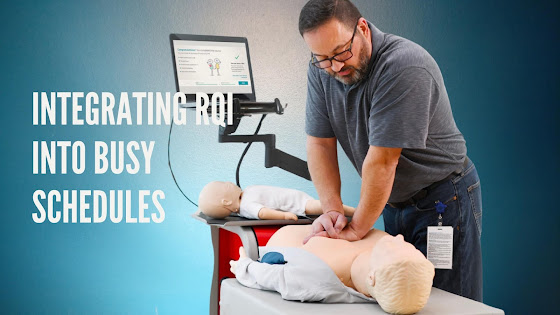Why RNs Must Be Present in ORs—A Legal & Patient Safety Imperative

Why RNs Must Be Present in the OR – California Law & Patient Safety 🩺 Why RNs Must Be Present in the OR: A Legal and Ethical Priority Across California—and especially here in the Central Valley—we’ve seen a concerning trend: freestanding surgery centers and pain clinics allowing LVNs (Licensed Vocational Nurses) to manage operating rooms during procedures involving conscious sedation. This practice isn’t just risky—it’s illegal and unsafe. California law is clear: a Registered Nurse (RN) must be physically present in the OR at all times during procedures involving conscious sedation or anesthesia. Delegating this role to an LVN not only endangers patients but also jeopardizes the LVN’s license and the facility’s legal standing. 📜 What the Law Says The California Board of Registered Nursing (BRN) states: “The administration and monitoring of moderate sedation requires ongoing nursing assessment and critical decisio...






